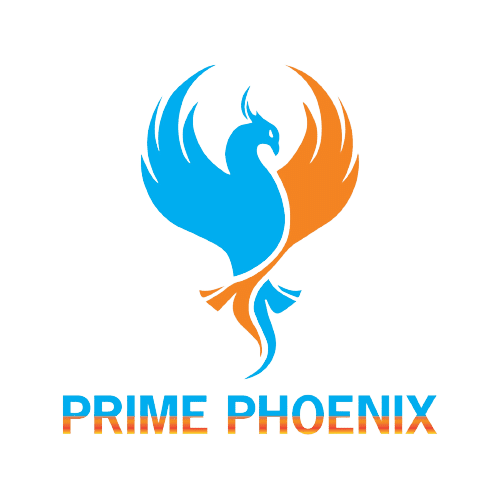- Ras Al Khor Industrial Area 2
- +971 4 330 2170
- +971 547919584
Foam fire protection has numerous benefits for commercial, industrial, and marine applications. As the leading provider of foam systems in the UAE, Prime Phoenix has installed expanding foam technology in a wide range of facilities to help defend life and property from the dangers of fire. Our fully trained and certified technicians have decades of combined experience designing, installing, and servicing foam-based fire protection solutions.
Whether preventing fuel tank explosions on oil rigs or swiftly dousing industrial blazes, foam fire extinguishing systems from Prime Phoenix offer a rapid, effective response. In this article, we will explore the types of foam technologies available, common applications, and installation processes so you can understand how expanding foam packaging works to suppress fires. By learning more about our foam fire suppression solutions, you will discover how investing in a Prime Phoenix system brings unmatched fire protection to your operation.
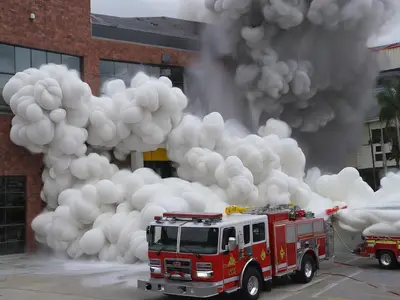
Touch-N-Foam Canned Foam for Small Fires
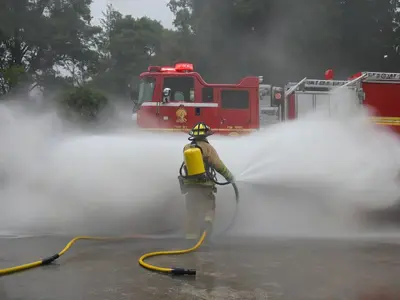
Touch-N-Foam System 200 is a versatile, portable foam extinguisher ideal for travel trailers, RVs, workshops, and other low-hazard areas. Its lightweight canned foam discharges quickly and spreads a thick layer of bubbles that separates the fire from oxygen and cools flames. Touch-N-Foam provides up to five minutes of protection for Class B (liquid fuel) and Class A (solid combustibles) fires under 800 square feet in size.
For larger indoor or outdoor blazes, a pre-engineered foam suppression system tailored to the unique risks of your facility offers far greater effectiveness. Let’s explore the types of permanent systems Prime Phoenix designs and installs
AR-AFFF Foam for Major Industrial and Oil & Gas Fires
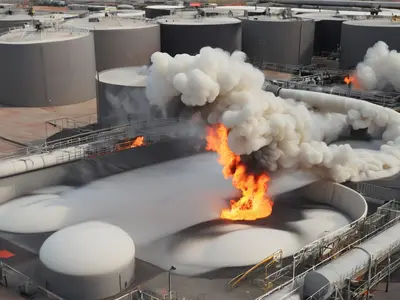
For high-risk flammable liquid hazards like fuel storage tanks, vehicle repair garages, and oil & gas processing areas, aqueous film-forming foam (AFFF) protects structures and process equipment from catastrophe. Our AR-AFFF solution combats both vapor and surface fires with a water-like liquid that rapidly expands into a cohesive, adhesive foam blanket. The foam seals the fire, blocks oxygen, and cools temperatures below the flash point.
AFFF foam extinguishes Class B hydrocarbon liquid blazes and is listed for Class A combustibles as well. We have installed AR-AFFF systems on aircraft hangars, offshore oil platforms, manufacturing facilities, and more throughout the Emirates. Superior fire protection combined with environmentally friendly fluorine-free chemistry makes AR-AFFF the top choice for major industrial hazards.
Types of Foam Used in AR-AFFF Systems
AR-AFFF foam solutions use specially engineered foaming agents and surfactants to quickly knock down Class B hydrocarbon fuel fires. The foam types commonly used in our AR-AFFF systems include:
Fluorosurfactant Foam Concentrate
Fluorosurfactant foam solutions utilize fluorocarbon-based compounds that reduce the foam’s surface tension, allowing it to rapidly spread into a thin blanket across liquid fuel spills and pool fires. This affords exceptionally fast flame knockdown performance. While effective, some fluorosurfactant foam concentrates have faced environmental scrutiny in recent decades.
Fluorine Free Foam Concentrate
As an environmentally-friendly alternative, Prime Phoenix also offers AR-AFFF systems using new-generation fluorine-free foam concentrates. These concentrates achieve the fire performance benefits through different surfactant chemistries that do not contain or break down into perfluorooctane sulfonate (PFOS) or related compounds. Fluorine-free foam is a sustainable choice that meets the strictest environmental regulations worldwide.
Protein Foam Concentrate
For certain specialized liquid fire hazards, we may specify protein foam solutions. Synthetically derived from natural proteins, these concentrates form tough, resilient foam blankets able to withstand degradation from weather, spillwater or vapor pressures. Protein foams seal in fuels and isolate fires better than other types when used in the correct application.
Fluoroprotein Foam for Hydrocarbon Storage Tanks
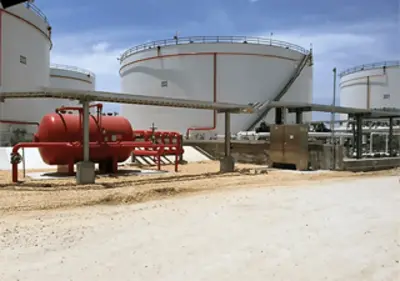
For protecting large above-ground or underground hydrocarbon storage tanks containing fuels, oils, or LPG, Prime Phoenix recommends fluoroprotein foam. This special foam type forms an extra-strong, moisture-resistant blanket capable of sealing in vapors and isolating the fire source for many hours. The synthetic protein-based solution withstands weathering longer than other foams so it prevents re-ignition of residuals better.
We have installed fluoroprotein foam protection on fuel farms, process plant tank farms, LNG transport terminals, and more. Its staying power provides crucial times for emergency response and evacuation in tank farm fires that could otherwise spiral out of control.
Deluge Foam Systems for Robust Fire Protection
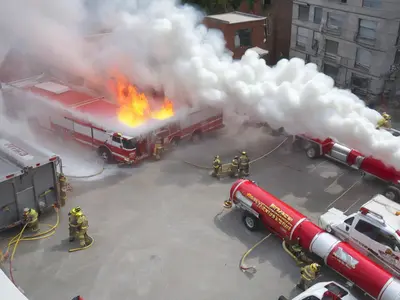
Some industrial hazards demand an instant, powerful response that only a deluge foam system can provide. These pre-engineered total flooding systems activate immediately via ultrasonic, infrared, or rate-of-rise heat detectors. Within seconds, hundreds of sprinklers open and saturate the protected area with a gushing foam discharge to guarantee fire knockdown.
Prime Phoenix designs deluge systems to NFPA standards for flammable liquid storage tanks, paint booths, dip tanks, and other spaces where flash fires may occur. Hydrants positioned every 20 feet ensure complete structure flooding with a foam water mix. Deluge gives you fail-safe peace of mind against even the most dangerous blazes
Advantages of Deluge Foam Systems over Traditional Sprinklers
Deluge foam suppression systems provide significant benefits compared to sprinklers for rapid fire defense in high-risk areas:
Instant Actuation
Deluge systems activate immediately via robust detectors like rate-of-rise heat or ultraviolet/infrared flame detectors. This ensures protection within seconds against flash fire hazards versus the average minute needed for a sprinkler response.
Powerful Flooding
Densely spaced sprinklers throughout the protected space simultaneously drench it with hundreds of gallons of foam solution per minute. This level of system flooding guarantees total fire extinguishment unlike standard sprinkler coverage.
Blankets Vapors and Spills
While sprinklers can control liquid pool fires, deluge foam completely blanks the protected volume and suppresses volatile flammable vapor ignition as well. This makes it far superior for dealing with potential vapor cloud explosions.
Preserves Equipment
The swift knockdown afforded by deep foam flooding and cooling protects process equipment and structures from damage by flames. Valuables are shielded from heat intensities that could cause structural collapse.
Lower Water Usage
Less water volume is required compared to prolonged sprinkler system discharge thanks to foam’s superior heat absorption properties and oxygen exclusion capabilities. This minimizes costly water damage to facilities and stored commodities.
In high-risk situations involving flammable liquid or gas hazards, deluge foam systems provide unparalleled assurance against property destruction and loss of life. Their active protection significantly outweighs the benefits of sprinklers alone.
Benefits of Foam Fire Suppression
Whether opting for a portable extinguisher or engineered system, foam technology from Prime Phoenix delivers numerous advantages over traditional sprinklers:
- Rapid fire knockdown – Foam smothers flames 2-10x faster than water alone.
- Seals vapors & fuel sources – The bubbles isolate and suppress volatile fuel and vapor fires that water can’t reach.
- Reduces water damage – Less water is required compared to sprinklers, minimizing property losses.
- Floats on liquid fuels – Unlike water, foam blankets can spread evenly across spills and surface fires without sinking below.
- Safer cleanup – Contained firefighting residues are easier to rinse away than water residues.
Does your facility need increased protection from liquid fuel, flammable vapor or combustible solid fires? Contact Prime Phoenix today for a foam system consultation and risk analysis. We guarantee the highest quality installation and service to fully safeguard your life safety and your critical assets.
Scheduling Consultation and Risk Analysis
To schedule an appointment for a foam system consultation and risk analysis by our fire protection specialists at Prime Phoenix, please follow these steps:
Contact Us
Call us at +971 54 791 9585 or email info@phoenix-uae.com; Have key details ready such as your company name, location address, main business activities and hazards.
Introductory Call
One of our representatives will contact you for an introductory phone discussion to gather preliminary information about your facility and discuss your protection goals.
Site Visit Arrangement
Based on the call, our team will arrange an on-site meeting at your convenience. We strive for next-business-day visits, but some scheduling may be required.
Risk Analysis
During the visit, a certified Fire Protection Engineer will assess your unique risks like processes, chemicals, building materials, occupancy levels and more.
Consultation Meeting
We’ll then meet to present a comprehensive analysis of your fire risks and recommend the best foam system solution. This includes system design, components and budgetary cost estimates.
Next Steps
You’ll have time to review our proposal. Should you decide to move forward, we transition into the design, permit and installation phase.
Don’t hesitate to contact us – our priority is understanding your unique needs and developing a foam suppression solution to maximize safety and protection for your facility.
Frequently Asked Questions
Q: How much does a foam suppression system cost?
A: System costs vary based on size, hazards protected, and components required. For general budgeting, allow $1-2 per square foot of protected area for pre-engineered systems. Custom-engineered solutions may range from $3-10 per square foot depending on design complexity.
Q: What type of foam is best for my application?
A: We analyze hazards such as fuel chemistry, spill potential, tank sizes, ventilation and more to recommend the optimal foam solution. AR-AFFF is preferred for most liquid fuels while fluoroprotein is best for sealed large tanks. Contact us for a no-obligation assessment.
Q: How long does a system last before replacement?
A: Quality components are designed to maintain integrity for 20+ years with proper maintenance. However, foam concentrate has a 5-10 year lifespan and must be replaced periodically to retain firefighting effectiveness. We recommend annual inspection/service contracts.
Do you have additional questions? Our experts are ready to discuss your project’s unique needs – contact Prime Phoenix today!
